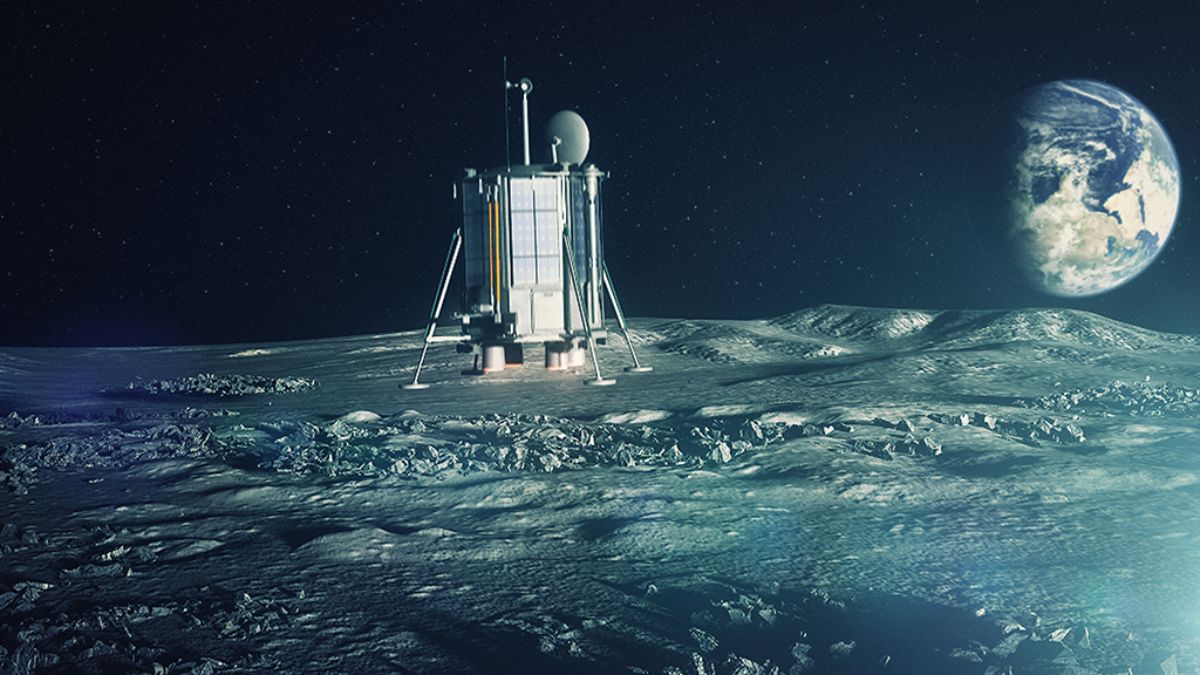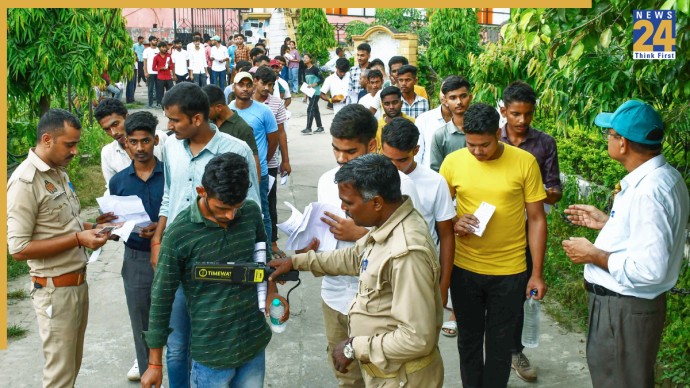China’s Chang’e-6, its new robotic lunar mission, is set for launch in the first half of 2024. It will also be carying a payload from Pakistan, ICUBE-Q cubesat, to the moon, marking an expansion of their space collaboration. The China National Space Administration (CNSA) has reported that the mission is progressing as planned, with a focus on lunar sample collection from the far side of the moon.
All previous lunar sampling missions conducted by humans targeted the moon’s near side, but the far side, featuring the Aitken Basin, offers unique scientific potential due to its age and geological features.
The aim of the Chang’e-6 mission is to land in the South Pole-Aitken Basin on the far side, exploring and collecting lunar samples from diverse regions and time periods. To promote international cooperation, the mission will carry payloads and satellite projects from various countries, including France, the European Space Agency, Italy, and Pakistan, which will contribute a CubeSat.
Pakistan has been actively participating in space research, sending seeds to China’s Tiangong space station earlier this year for the study of environmentally tolerant seeds. Pakistan is also considering formal agreements to join both the Tiangong space station and China’s lunar South Pole base.
To enable communication between the moon’s far side and Earth, China plans to launch the Queqiao-2 relay satellite, also known as Magpie Bridge-2, in the first half of 2024. This mission reflects the growing cooperation between China and Pakistan in the field of space exploration.













